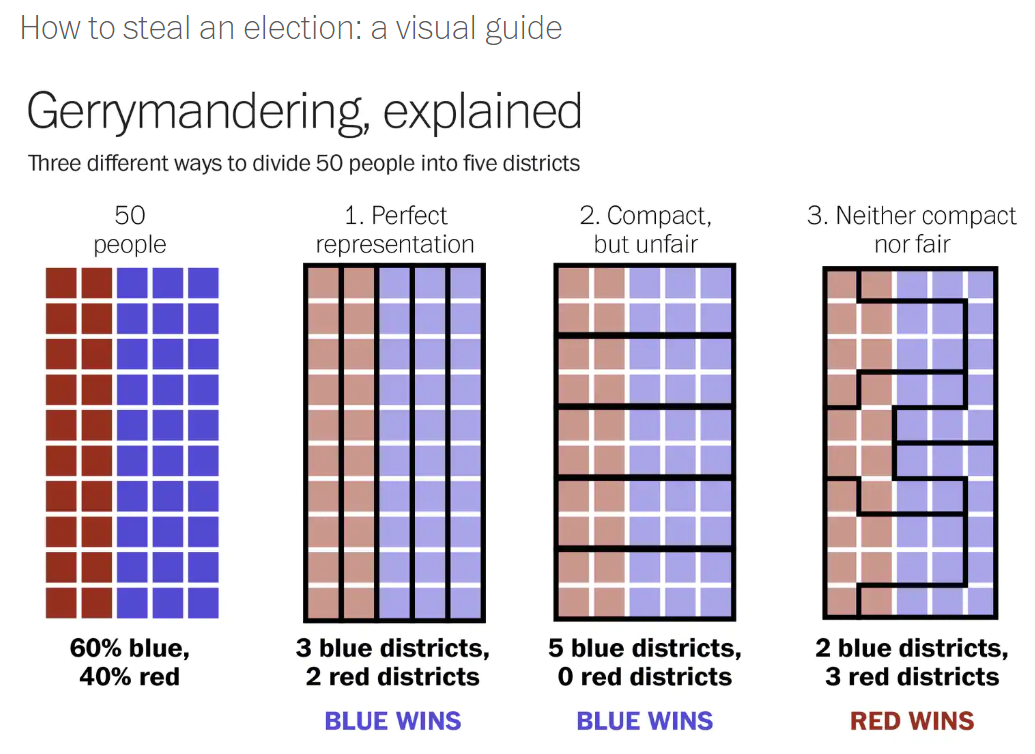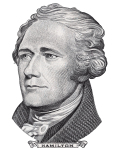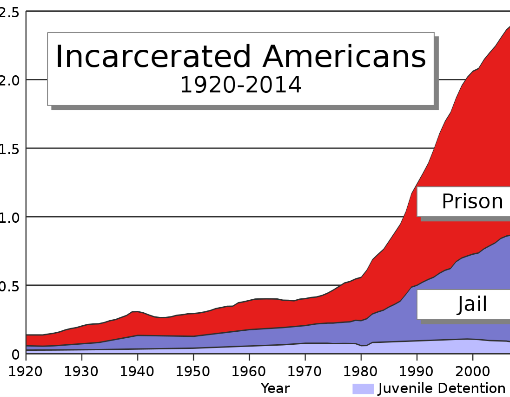On September 17, Dr. Bruce Mallard, assistant professor of political science and public affairs at Savannah State University, spoke to the Hamiltons about gerrymandering. He said, “democracy is where voters choose their representatives; gerrymandering is where representatives choose their voters.”
Dr. Mallard told about the Constitutional origins of redistricting and the mechanics (the census and the population basis of the process). He reminded us that it affects not only the House of Representatives, but also the senate and house elections at the state level. The Constitutional power given state legislatures to redistrict not only determines U.S. House party makeup but also determines speakerships, committee membership, and leadership. This power has been irresistible, and, by now, because of gerrymandering almost 200 of the 435 house seats are considered completely safe. Courts have imposed some requirements of redistricting: race cannot be a factor and in many states districts must be contiguous. Nonetheless, Dr. Mallard showed many picture maps of gerrymandered districts which have made his Gerrymandering Hall of Fame.
Gerrymandering is an  old process, but advances in computerization have greatly improved the state of the art over the last twenty years. [See sidebar graphic from Washington Post] The Supreme Court decision earlier this year, Bucho vs. Common Cause, has complicated attempts to curb the process. The Court ruled that it is not the role of the federal government to intrude, even in the cases of extreme gerrymandering. It is the States’ responsibility, as elections are a state and local matter. Dr. Mallard is not optimistic about states reforming themselves. As long as rewards to party control are so high, there is little incentive to change.
old process, but advances in computerization have greatly improved the state of the art over the last twenty years. [See sidebar graphic from Washington Post] The Supreme Court decision earlier this year, Bucho vs. Common Cause, has complicated attempts to curb the process. The Court ruled that it is not the role of the federal government to intrude, even in the cases of extreme gerrymandering. It is the States’ responsibility, as elections are a state and local matter. Dr. Mallard is not optimistic about states reforming themselves. As long as rewards to party control are so high, there is little incentive to change.

